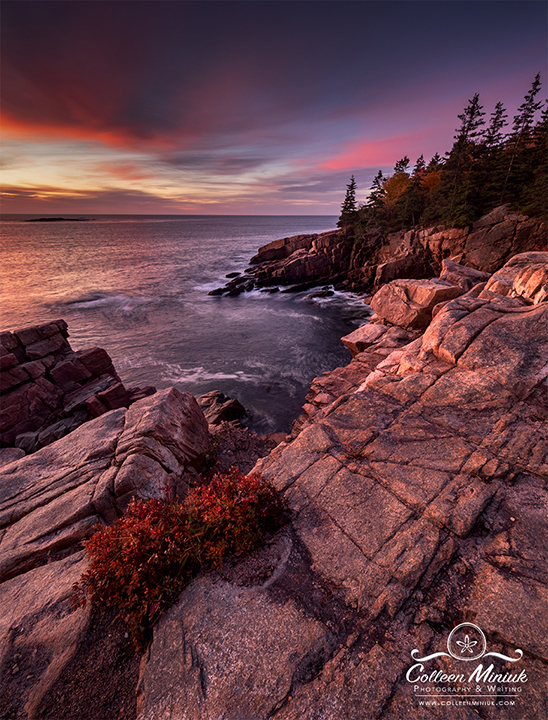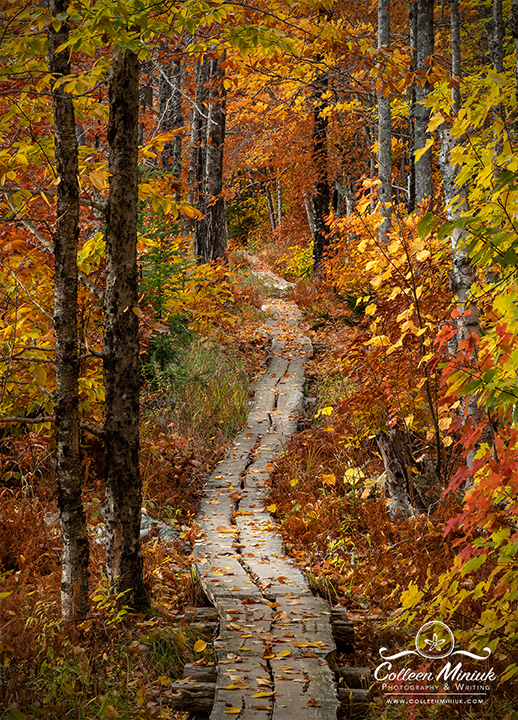Please join us on Friday, September 25, 2020 at 7 pm EDT for a presentation on Composition that I know you will enjoy and learn a great deal from!

Colleen’s Bio:
Colleen Miniuk is an ex-software engineer who fled Intel Corporation in 2007 to pursue a meaningful life as a full-time outdoor photographer, writer, publisher, instructor, and speaker. Her credits include National Geographic calendars, Arizona Highways, AAA Via, National Parks Traveler, On Landscape, and a broad variety of other publications. She has served three times as an Artist-in-Residence with Acadia National Park. She authored the award-winning guidebooks, Photographing Acadia National Park: The Essential Guide to When, Where, and How and Wild in Arizona: Photographing Arizona’s Wildflowers, A Guide to When, Where, & How (1st and 2nd editions) as well as the instructional ebook, Seeing the Light in Outdoor Photography (1st and 2nd editions). She also writes a weekly advice column called “Dear Bubbles.” Colleen leads photography workshops and all-women photography workshops (called “Sheography™”) through her own company, CMS Photography, as well as for numerous camera clubs, national-level organizations, conferences, and private clients.
Description of the Presentation:
Anyone who has spent even a little time dabbling in photography has likely heard about the many “rules” of composition. And the emphasis on such topic is for good reason, for how a photographer arranges the visual elements within the frame directly affects how viewers perceive his or her photograph. But oftentimes photographers spend much time forcing their scenes to fit the rules (which yields technically “perfect” but perhaps boring photographs) rather than arranging the subject matter based on emotional responses, meaning, and human perceptions.
Join outdoor photographer Colleen Miniuk for a different way to approach composition. This insightful and educational presentation goes beyond reviewing the predominant rules and shares how we can leverage the reasoning behind human perception to help elicit specific responses from our viewers. Hear how people respond to subject matter placement, visual weight, lines, light, color, and other elements of visual language to help us arrange our scenes to communicate more meaningful messages with our audiences.
Examples of her art:




Colleen Miniuk Photography & Writing www.colleenminiuk.com
Do not miss this presentation! It will surely change how you see! It did that for me!
Jim will send out the Zoom invitation the week of Sept 20 for the meeting on Sept 25th. I hope to see you all there!
Lynn Wiezycki
